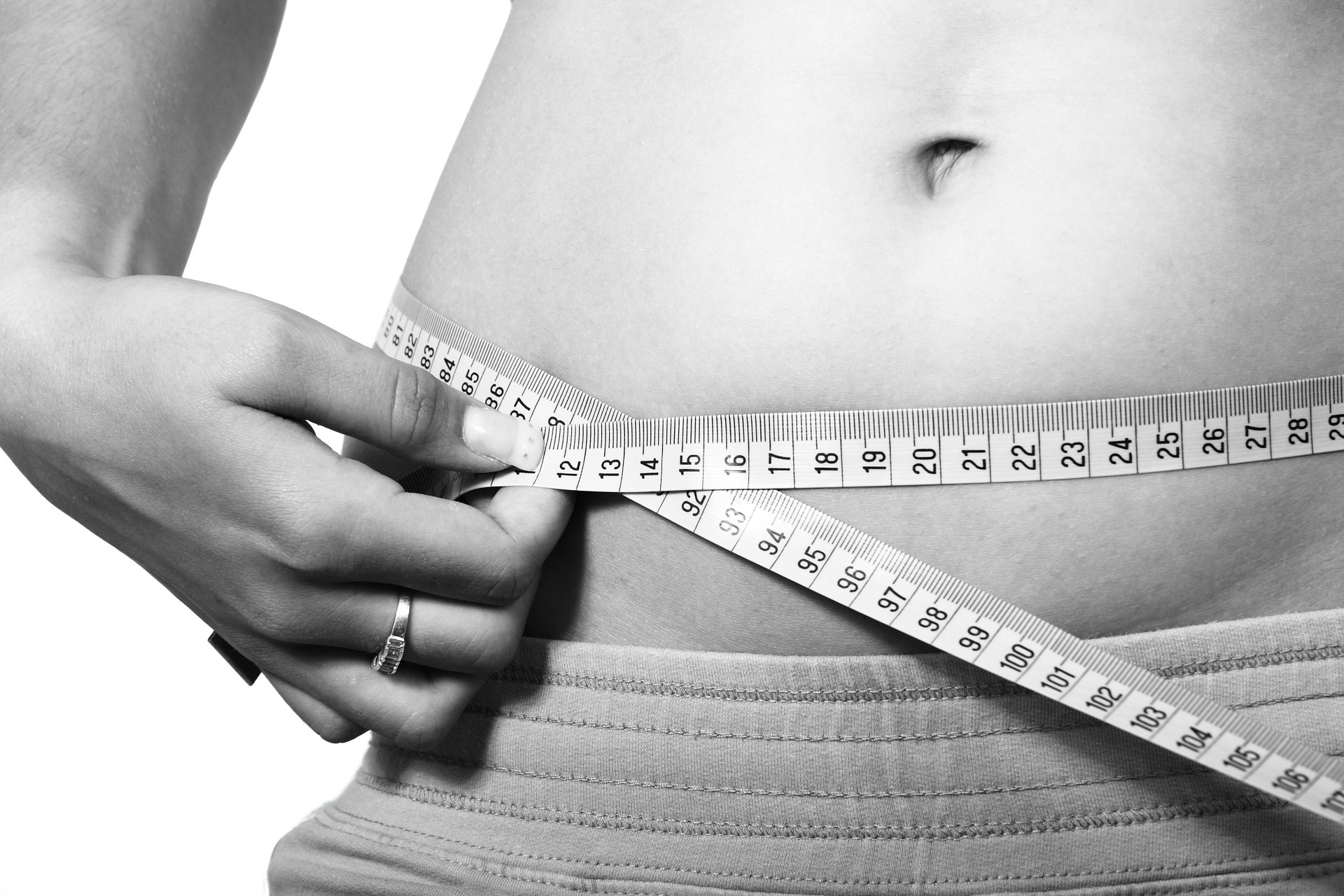When you go in for you yearly check-up, what’s usually the first clinical thing that happens (aside from all the forms and paperwork)? You step on a scale. Body weight can be an indicator of health for a multitude of reasons, and what your provider is really looking for is your body mass index (BMI). BMI lets you know if your weight is healthy for your height and is calculated by taking your weight in kilograms and dividing it by your height in meters squared (kg/m²). While this metric isn’t perfect, it offers insights into your health risk factors. Risk factors correlated with a high BMI (also associated with increased body fat) include, but are not limited to: high blood pressure, Type II diabetes, gallbladder disease, stroke, osteoarthritis, chronic inflammation, and some cancers, according to the Center for Disease Control and Prevention. A healthy BMI range to aim for is between 18.5 and 24.9 for adults between 20 and 65 years of age.
How much should I weigh?
When thinking about your ideal body weight, BMI can be an important consideration. To find out what your ideal body weight may be, you can use this BMI chart from the National Heart, Lung, and Blood Institute. You may also want to discuss what an ideal weight is for you with your healthcare provider.
If your goal is to lose weight, however, it’s important to remember that decreasing your BMI takes time. Regular physical activity, enjoying more nutrient dense foods, and working towards lifestyle change will help you get closer to a healthy body weight.
While losing weight and focusing on a weight loss goal, considering the type of weight you’re losing is also important. Checking your body composition regularly and making sure you are exercising to maintain your muscle while you lose fat will play a role in long-term weight loss success and making sure your journey to better health is, well, healthy.
What is a healthy BMI?
A BMI greater than 30 falls into the obese category. While there are rare instances where this may mean that an individual is an intense athlete and carrying more muscle than the average person, it’s more common that a BMI in an obese category is associated with increased body fat. BMI’s in this range also carry health risks such as increased risk for heart disease, diabetes, joint pain, depression, and decreased mobility. Why is this so dangerous to your health? This increased fat can be visceral, meaning that is surrounds our bodies’ vital organs such as the heart and liver.
Exercises for every body
Exercise to help you maintain a healthy muscle make up while you are dropping the pounds isn’t limited to hitting the gym and the weight room. There is something for everyone, no matter where you are currently at in terms of your mobility and BMI. If you are wanting to add in resistance or weight training to your routine, a great place to start are body weight workouts. These exercises require little to no equipment and can be done in the comfort of your own home. Modifications of these exercises can also be used throughout every milestone of your weight loss journey.
How to measure body weight distribution
1. Waist-to-Hip Ratio (WHR)
Now that we’ve covered the basics of what your BMI is, what that means, and what exercises to incorporate to manage your weight, let’s talk about some ways to learn more about how your weight is distributed on your body. One of the most common ways to this is by using a metric called Waist-to-Hip Ratio (WHR). This measurement is taken by measuring your waist circumference (usually just above the belly button) and dividing it by your hip circumference (taken from the widest part of your buttocks). The WHR is helpful, because sometimes, as your body composition changes, it may show up more on the measuring tape that the scale (learn more in the Body Composition section).
What should your WHR be? For women, this ration should be 0.85 or less and for men, this ratio should be 1.0 or less. Think women are pears and men are apples. A high WHR measurement generally equates to a higher amount of abdominal or belly fat which increases health risks by placing more pressure on the abdominal organs as well as fat around these organs. Check out the table adapted from a World Health Organization report.

2. Wrist circumference and frame size
As you’ve now learned, there is more that goes into your body weight than you may have thought. Here’s another factor to think through when considering your own body weight and weight loss goals. Wrist circumference. The way to measure this is incredibly simple! Just measure the wrist of your right hand. The reason this is something you should consider when thinking through your ideal weight, is because this measurement tells you about your fame size. Ever heard someone describe themselves or someone else as big boned? Well there’s something to that! Those with larger frames can carry more weight and be healthy than those with smaller frames. Learn about where your frame size falls in the table below!










